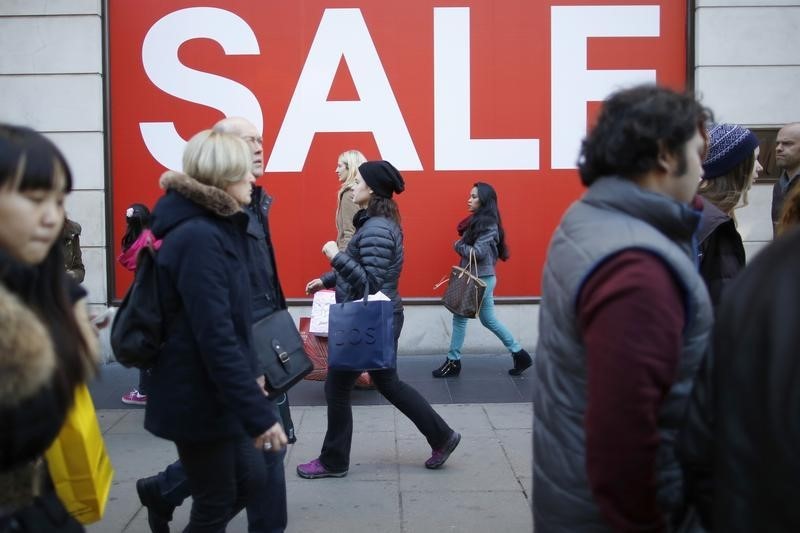Proactive Investors - An average of 38 stores have closed on Britain’s high streets every day in 2024, or 13 closures per day on a net basis if new openings are included, according to the fresh data from PwC.
So far this year 6,945 retail outlets have shut, or 2,284 on a net basis, given the rate of 25 new store openings per day.
The 13 net closures a day compares to a rate that has ticked along at between 11 and 12 over the past three years.
Declining high-street footfall in favour of online shopping in the post-pandemic environment has driven these closures, but there is one bright spot evident for the brick-and-mortar chains: retail park footfall has outpaced the high street.
Retail parks, offering convenience and accessibility via an abundance of free parking, have been seen as a saviour in times of transport strikes and driving restrictions in town centres.
The pivot to retail parks is also changing their disposition, with different uses also becoming more prevalent.
“Operators are continuing to move out of high streets in favour of retail parks,” noted PwC. “Carefully curated shopping centres are pivoting to different uses, such as leisure, entertainment and hospitality, in order to fill the voids left by pandemic-era closures.
The hospitality sector has struggled to keep up with the changing trends, with pubs and bars the second-fastest declining outlet type, behind chemists but in front of banks and financial services.
“It’s clear that online retail is here to stay, outpacing physical stores annually," said Lisa Hooker, PwC UK’s leader for industry for consumer markets.
“As more brands invest in data and really understand their customer, new space increasingly seeks to meet customer trends for convenience, ease of access and fun, creating spaces that feel exciting for consumers to step into.”
“All stakeholders, including policymakers, landlords and communities, have a role to play.”
“While some consumer touch points, like grabbing a last minute present or a coffee can’t be replaced online, the high street will need to continue to evolve for a tech-savvy generation with new living, working and playing habits.”
